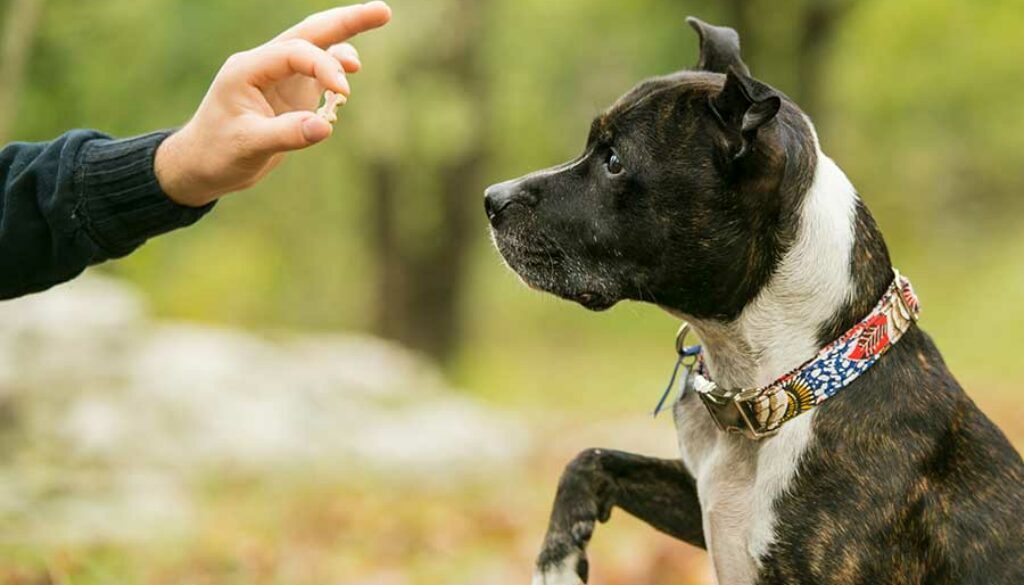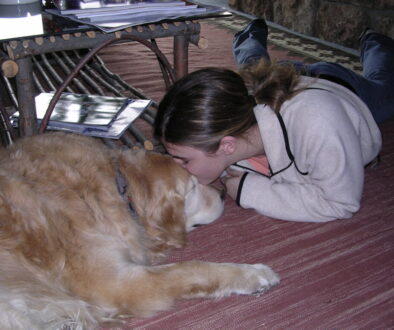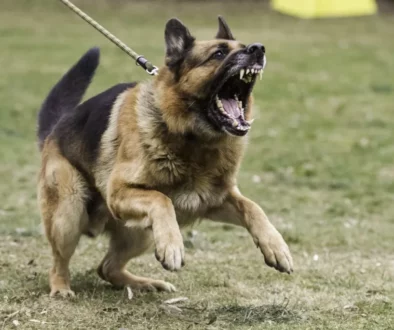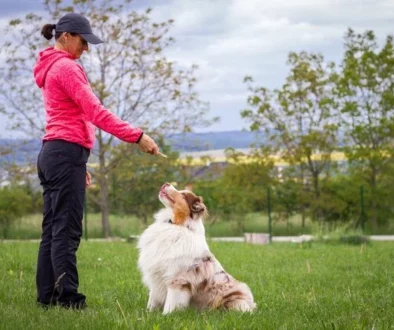The Basics of Puppy Training: A Step-by-Step Guide
Puppy training is an essential aspect of raising a happy and well-behaved dog. Proper training not only helps in building a stronger bond with your furry friend but also ensures their safety and the safety of those around them. Whether you have just welcomed a new puppy into your family or are considering getting one, this article will guide you through the basics of puppy training.
Why is Puppy Training Important?
Puppy training is not only about teaching your pup simple commands such as sit, stay, and come. It is a comprehensive process that shapes your puppy’s behavior, socialization skills, and overall development. Here’s why it is crucial:
- Leash Manners: Proper training ensures that your puppy learns to walk politely on a leash, preventing pulling and other unwanted behaviors.
- Preventing Destructive Behaviors: Training helps redirect your puppy’s natural urge to chew, dig, and destroy. By providing appropriate outlets for these behaviors, you can protect your belongings and keep your puppy safe.
- Socialization: Early socialization is vital for your puppy to become comfortable around different people, animals, and environments. This ensures they grow into confident and well-adjusted adult dogs.
- Communication: Training helps establish clear communication between you and your puppy. This allows you to understand each other’s needs and strengthen your bond.
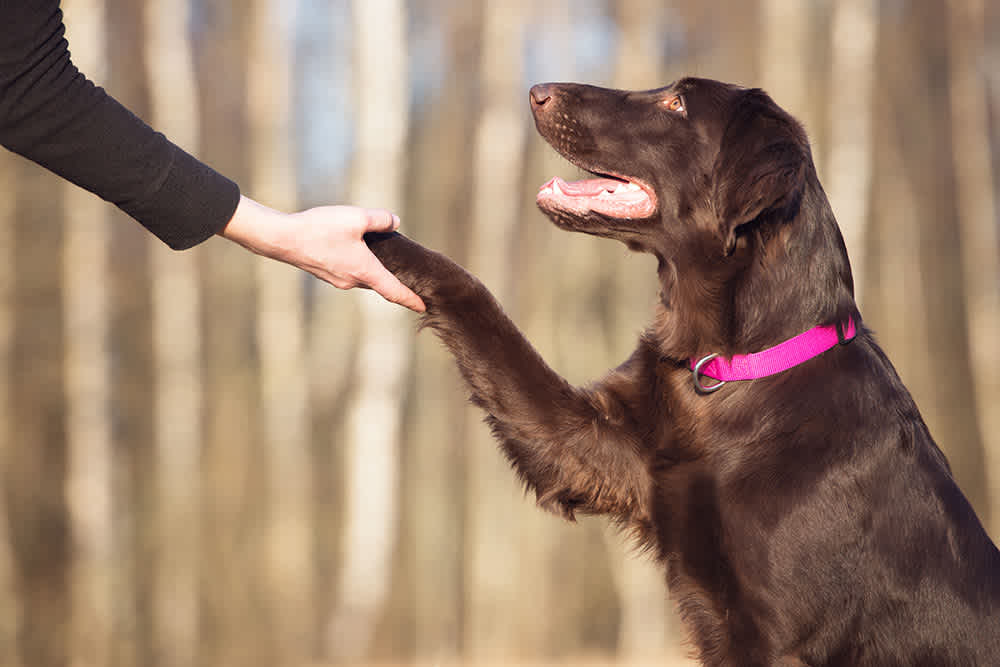
The Fundamentals of Puppy Training
Choosing the Right Training Method
There are various training methods available, and it’s important to choose one that aligns with your puppy’s needs and your training goals. Positive reinforcement training is widely recommended as it focuses on rewarding desired behavior rather than punishing unwanted behavior. This method promotes a positive and fear-free learning experience for your puppy.
Understanding Puppy Behavior
To effectively train your puppy, it’s crucial to understand their behavior and the developmental stages they go through. Socialization is a vital aspect that should be started early to ensure your puppy becomes well-adjusted and comfortable around humans and other animals. Housebreaking, teaching your puppy appropriate elimination habits, is another fundamental aspect of training.
Puppies also tend to chew and bite during their teething phase. Providing appropriate chew toys and teaching bite inhibition can help redirect their chewing behavior and prevent any accidental injuries.
Setting Up a Puppy Training Schedule
Consistency is key when it comes to training your puppy. Establishing a training schedule and sticking to it helps create a routine for your furry friend. Allocate specific times for training sessions, feeding, playtime, and rest.
House Training Tips
Housebreaking your puppy is an essential part of their training. Crate training is a widely used method that utilizes a crate as your puppy’s den, teaching them to hold their bladder and bowels. Gradually increase the time your puppy spends in the crate, rewarding them for appropriate elimination outside.
Positive reinforcement plays a crucial role in housebreaking. Praise and reward your puppy when they are eliminated in the designated area, reinforcing the desired behavior.
Basic Commands for Puppy Training
Teaching basic commands forms the foundation of puppy training. Start with simple commands like sit, stay, and come. Use treats and verbal cues to train your puppy. Break down the commands into smaller steps and reward their progress gradually.
Positive Reinforcement Techniques
Positive reinforcement is a highly effective technique for training your puppy. Rewarding desired behavior with treats, praise, or playtime encourages them to repeat the behavior. Clicker training is another positive reinforcement technique where a clicker sound is used to mark the correct behavior, followed by a reward.
Dealing with Common Puppy Training Challenges
While training your puppy, you may encounter common challenges such as separation anxiety, jumping on people, or excessive barking. Understanding the underlying causes and using appropriate training techniques can help overcome these issues. Gradual desensitization, teaching alternative behaviors, and seeking professional help when needed can make a significant difference.
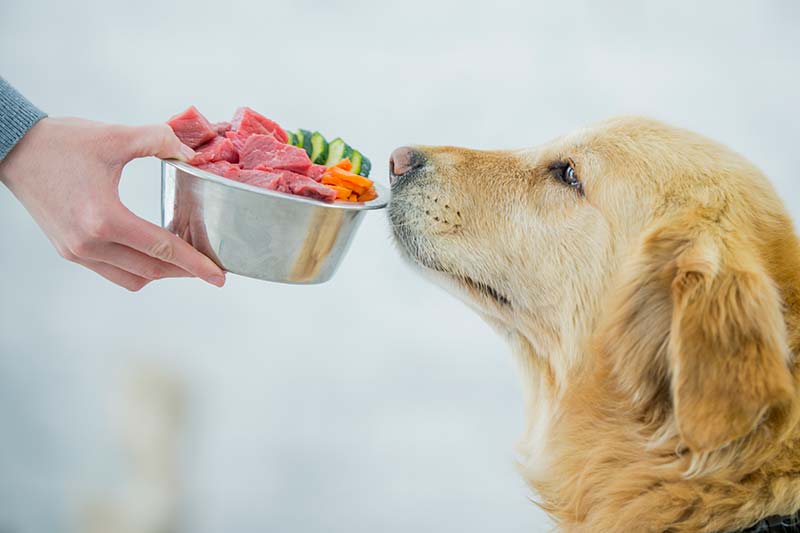
Training Tips for Different Ages and Breeds
Puppies of different ages and breeds have varying training needs. Understanding the specific requirements of your puppy’s age and breed will help tailor the training approach accordingly. Younger puppies might have shorter attention spans and require shorter training sessions, while certain breeds may have different learning styles and tendencies.
Obedience Training Classes
Enrolling your puppy in obedience training classes can be highly beneficial. These classes offer structured training sessions led by professional trainers who provide guidance and support. It also provides opportunities for your puppy to socialize with other dogs, helping improve their social skills.
Advanced Training for Puppies
Once your puppy has mastered the basic commands, you can move on to advanced training. This includes teaching more complex commands, agility training, and specialized training based on your preferences, such as therapy dog training or search and rescue training.
Training Tools and Equipment
Certain training tools and equipment can aid in the training process. These may include collars, harnesses, leashes, clickers, treat pouches, and interactive toys. It’s important to choose high-quality, dog-friendly tools that are suitable for your puppy’s size and breed.
Essential Supplies for Puppy Training
Alongside training tools, there are essential supplies you’ll need for effective puppy training. These include a crate or playpen, chew toys, treats, a designated elimination area, cleaning supplies for accidents, and a comfortable bed for your puppy to rest.
The Importance of Patience and Consistency in Training
Patience and consistency are vital during the puppy training process. Understand that training takes time and repetition. Be patient with your puppy as they learn and avoid getting frustrated. Consistency in training methods, cues, and rewards helps your puppy understand what is expected of them and reinforces their learning.
Conclusion
In conclusion, puppy training is a crucial aspect of raising a well-behaved and obedient dog. By following the basics of puppy training, understanding their behavior, and utilizing positive reinforcement techniques, you can establish a strong foundation for their development. Remember to be patient, and consistent, and always prioritize the well-being and happiness of your furry friend.
FAQs: Basics of Puppy Training
When should I start training my puppy?
It is best to start training your puppy as early as possible. Basic commands and socialization should begin around eight weeks of age.
How often should I train my puppy?
Short training sessions, around 5-10 minutes each, can be conducted multiple times a day to maintain your puppy’s engagement and prevent mental fatigue.
How can I potty train my puppy?
Establish a consistent routine, take your puppy outside frequently, and reward them when they are eliminated in the desired area. Consistency is key in successfully potty training your pup.
Can I train my puppy at home, or should I consider professional help?
While basic obedience training can be done at home, seeking professional guidance from a certified dog trainer is recommended for more complex behaviors or temperament issues.
Also Read:
